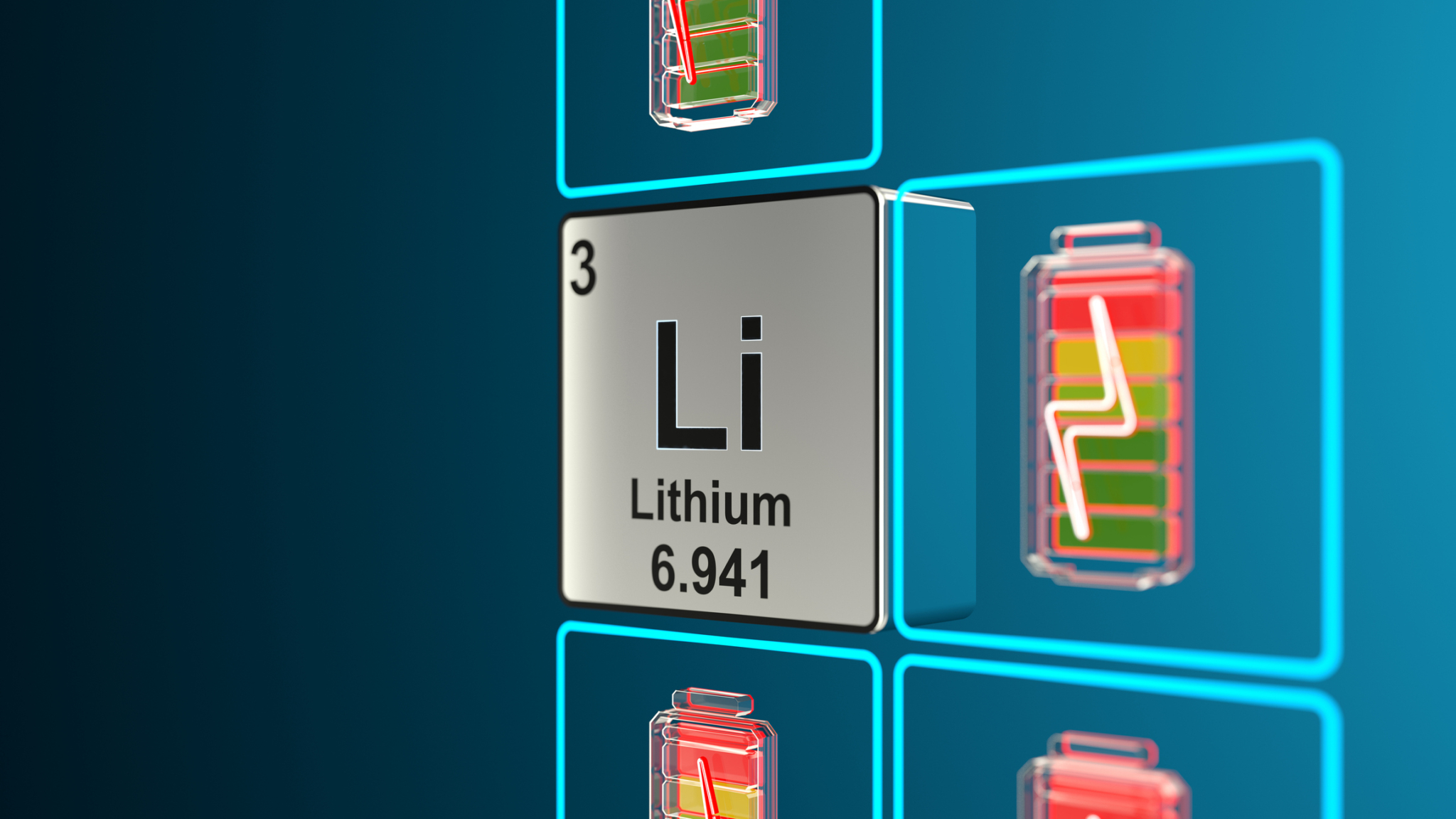
China controls much of the world’s supply of lithium, needed for clean energy technology like electric vehicle batteries. But a discovery of lithium in the Keystone State may decrease U.S. dependence on imports, if it is paired with increased domestic production.
Back in 2023, the Wall Street Journal ran a rather forward-thinking article examining China’s $4.5 billion spending spree on lithium mines around the globe.
China dominates the production of lithium ion batteries, supplying 80% of the world’s battery cells and about 60% of the market for electric vehicle (EV) batteries. China’s manufacturing advantage also has given it a big innovation boost, with a new breakthrough announced just this week that could see the country make batteries that charge quicker and last longer.
The United States, meanwhile, is stuck playing catch up. While recent industrial policy like the Inflation Reduction Act has led to $173 billion in electric vehicle and battery investments since 2021, decades of misguided decisions to offshore so much production means that the United States remains woefully behind China when it comes to battery production, which is bad for our national security and global economic competitiveness.
If the United States doesn’t get its act together, it may very well find itself dependent on China for lithium battery needs, which are only likely to increase as the world transitions to EVs and other clean energy technology.
But China has a problem it can’t quite solve: It doesn’t have a lot of lithium. China accounts for about 8% of the world’s lithium reserves, and that means it has had to look elsewhere for the lithium it needs for its massive battery industry. As the WSJ recounted, China has snatched up lithium mines in places like Latin America and Africa, with the goal of eventually controlling one-third of the global market.
Again, that puts the U.S. in a bad position — except that good ol’ North American geography may just come to the rescue.
Researchers in Pittsburgh announced on Wednesday that they have discovered a massive source of lithium in the wastewater from the Marcellus Shale gas wells in Pennsylvania, one they predicted could supply up to 40% of the U.S.’s total lithium needs. Coupled with another big lithium deposit in Nevada, this new find may mean the U.S. can become self-reliant for its lithium needs. In fact, there may even be more lithium out there — the researchers limited their study to the Keystone State, but there may be additional reserves in nearby Ohio and West Virginia, CBS News reports.
The researchers behind the findings write in their official report:
This study estimates that Marcellus Shale related Li [Lithium] yields have potential to make a significant contribution to US domestic consumption with a set of reasonable, conservative assumptions. Even if most likely estimates presented here are off by one or even two standard deviations, the potential production of Li would meet more than 30% of current US domestic consumption. Further, if the estimates are too low, this result becomes an even more promising incentive to properly manage Marcellus PW. The USGS estimate of roughly 96 trillion cubic feet of undiscovered gas in the Marcellus suggests the production lifetime of the formation will exceed several more decades. Future production will likely be on the fringe of the current operational zones, as new territory is developed. North-central PA is underdeveloped and has some of the of the highest Li concentrations included in our analysis (Fig. 1). It seems clear that Marcellus Shale PW has the capacity to provide significant Li yields for the foreseeable future.
All of this comes with a catch, of course. The United States always has been resource-rich; it’s one of the reasons why the country became a superpower. The key will be ensuring we take all that lithium at our disposal and use it to manufacture things in the United States, throughout the supply chain, from the time we extract it to when a lithium ion battery is installed in an electric vehicle.
Because while China may have to look abroad to find lithium, it’s doing nearly all of the world’s lithium production within its borders. Along with controlling more than four-fifths of the world’s lithium ion battery market, it also conducts 72% of global lithium refining capacity. It will do the United States no good if we extract all that lithium from places like Pennsylvania and immediately ship it to China for refinement.
But if the United States maintains its newfound focus on battery production, we may just have a chance to use the natural resources at our disposal to create a booming new industry, one that will create a whole lot of good jobs, decrease our dependence on China, and strengthen our energy independence for decades to come.
